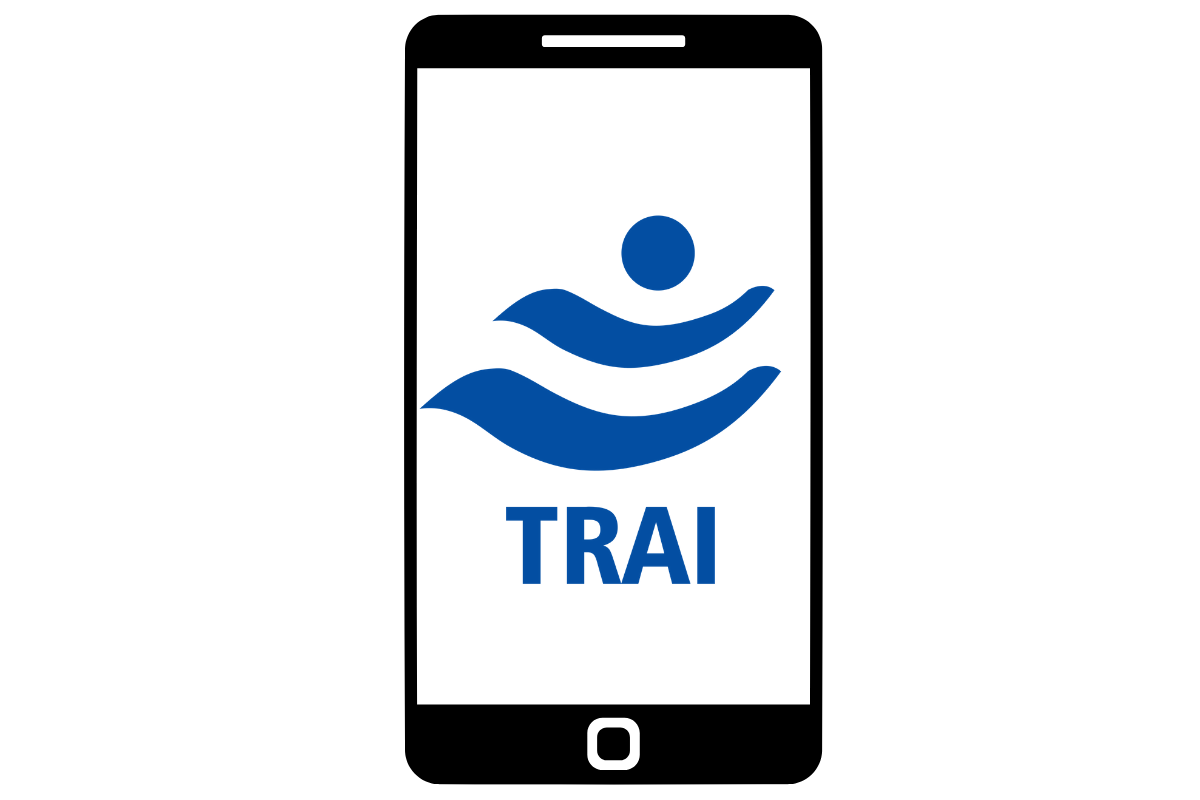
The Telecom Regulatory Authority of India (TRAI) is actively working on developing updated quality of service (QoS) norms, with a specific focus on 5G services, in an effort to enhance the overall telecom experience for consumers. In the coming weeks, TRAI will release a consultation paper seeking public feedback on proposed measures to reduce call drops and failures and improve service reliability.
A senior official, requesting anonymity, disclosed to ET that TRAI aims to leverage advanced technologies such as artificial intelligence (AI) and digital tools to elevate the quality of telecom services. By employing these cutting-edge tools, TRAI intends to ensure seamless connectivity and address the challenges faced by the evolving telecom landscape.
TRAI is also determined to revamp the existing QoS norms by monitoring performance at the state and district levels, in contrast to the prevailing circle-level approach. Consequently, the parameters will be adjusted to align with this new approach, offering a more comprehensive evaluation of service quality.
Read More - TRAI Gives Ultimatum to Enterprises to Curb Spam Messages
Recent observations by officials indicate a temporary decline in telecom service quality following the introduction of 5G services in October of last year. However, there have been noticeable improvements in the past few months. While there are currently no specific QoS norms for 5G, TRAI expects telecom operators to prioritise delivering exceptional service to consumers. Nevertheless, operators must adhere to the existing QoS norms already in place.
The forthcoming QoS norms for 5G services are expected to be more stringent compared to the regulations governing 2G and 4G networks. This is a necessary step to ensure optimal service standards and a seamless transition to the latest generation of mobile technology.
Recognising the need to keep pace with advancing technologies, the Department of Telecommunications (DoT) has urged TRAI to update the existing QoS norms. The rapid software-driven evolution of telecom networks makes it essential to incorporate technologies like AI to efficiently assess and monitor service quality. By digitally tracking various aspects, TRAI aims to frame rules that align with the ever-changing technological landscape.
In recent discussions with telecom operators, TRAI explored strategies to enhance QoS norms and create more robust regulations. TRAI's vision extends beyond monitoring QoS at licensed service areas (LSA) or circle levels. Instead, the regulator seeks to achieve end-to-end QoS tracking to obtain a clearer and more accurate understanding of the quality of services offered. By analysing data at the district level, TRAI aims to gain deeper insights into service performance.















